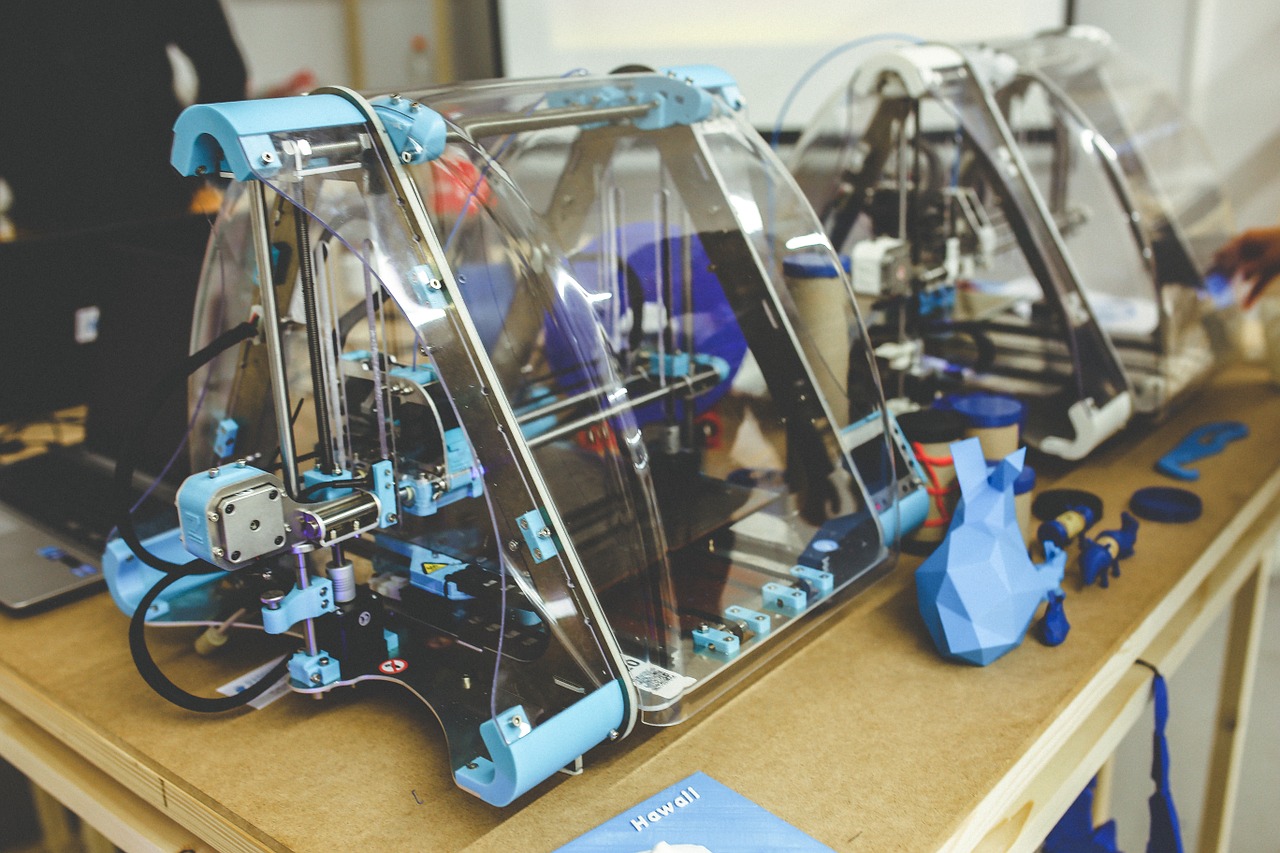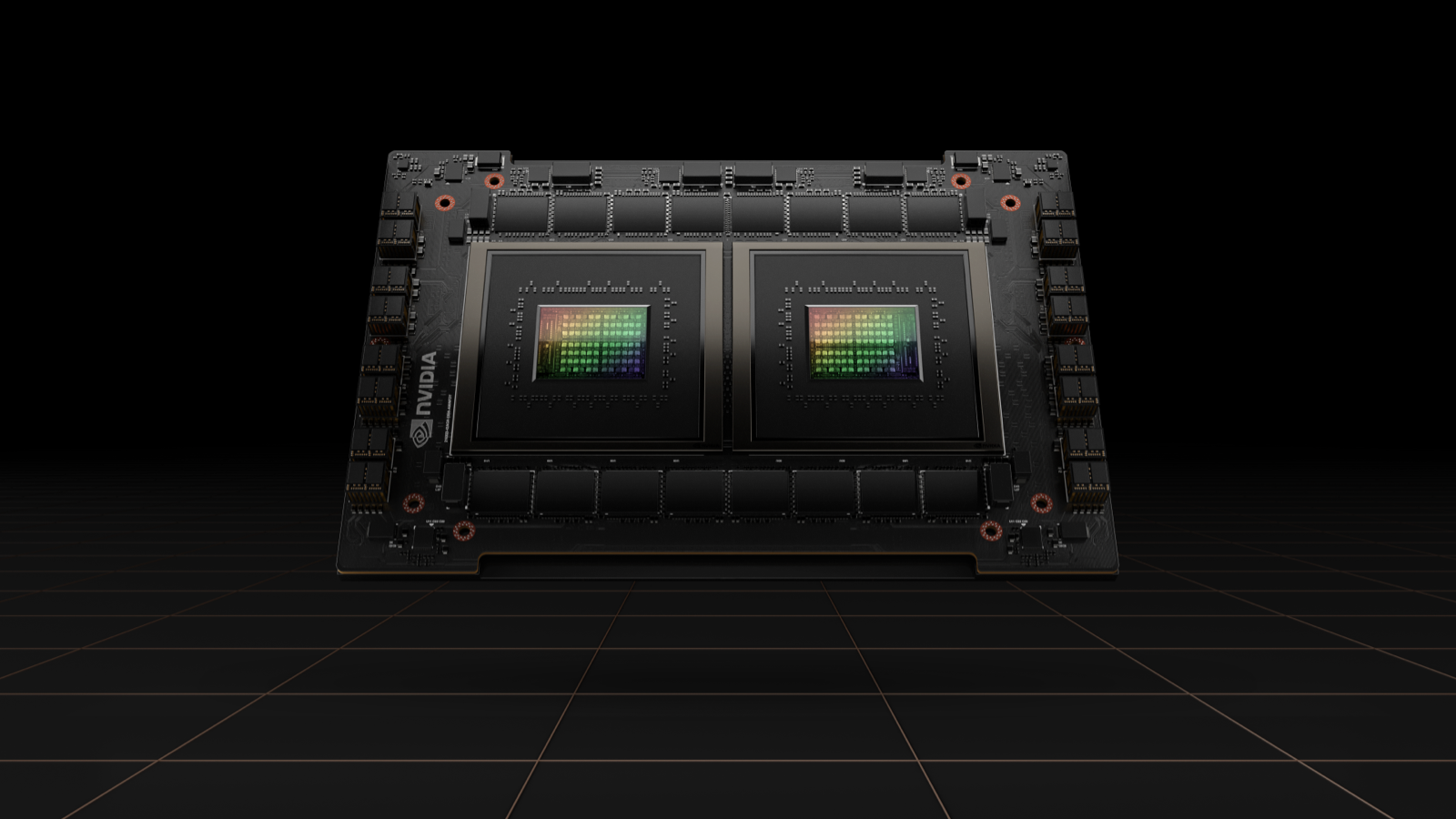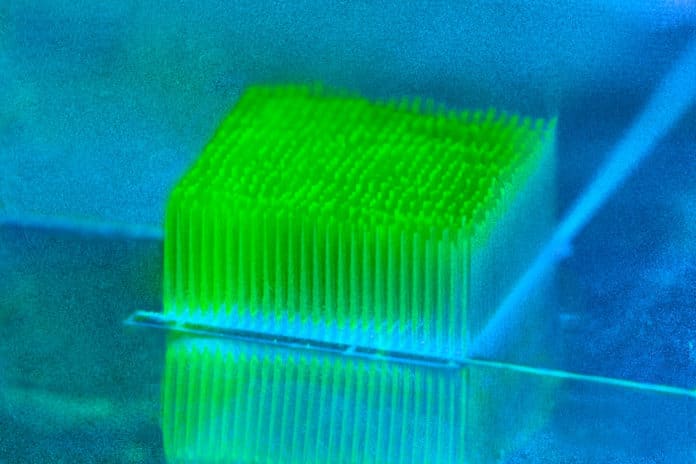A team of researchers at the University of Michigan has developed an intelligent software called SmartScan that can provide tight control of the 3D printing process of metals, specifically laser sintering. The new system aims to target specific points on the printed piece at a particular sequence and duration to form it while avoiding any warping problems.
Standard 3D printing with powder metals and laser sintering is causing topical thermal accumulation, and even in well-ventilated chambers, the pieces tend to warp. When the geometry of the objects involves thin layers or the requirements for planar straightness are strict, the practical problem becomes severe.
SmartScan works by detecting the thermal load on the piece and actively preventing heat accumulation by targeting different spots away from areas where thermal energy dissipation slows down. The software figures out the optimal sequence on its own, so the operator doesn’t have to contribute anything besides the 3D model and the materials.
SmartScan considers the physical properties of the material and the model’s geometry and can pre-calculate precisely what its convective and conductive heat transfer performance is. The system builds upon previous efforts of varying printing patterns aiming to reduce heat buildup, but it’s a lot more precise due to following a very targeted and much more versatile approach. No pattern can be suitable for the range of variety in printed pieces, so the dynamical adjustment of SmartScan is superior to all existing methods.
Compared to standard solutions, SmartScan printing results in a 47% reduction in deformation and achieves 41% better heat distribution. This would make a massive difference in aerospace, automotive, and biomedical industries that use metal laser sintering extensively for rapid prototyping and parts production.
The team from the University of Michigan is now looking to expand SmartScan’s capabilities to cover 3D printing of larger parts and also plastics, hopefully reducing the need for using supporting structures and failure rates due to warping.







